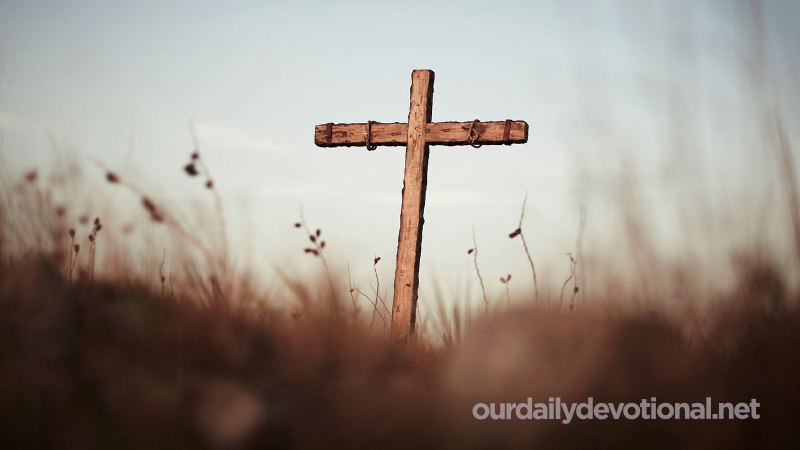The table speaks of common food, of participation, of provision (2 Sam. 9:7, 10, 11, 13; 11:8; 19:28; Ps. 23:5). Of particular importance is the table of showbread in the worship of Israel.
It was made of acacia wood covered with gold. The one in the tabernacle measured two cubits in length, one cubit in width, and one and a half cubits in height. It had an ornamental crown around its edge.
It was located on the north side of the holy place. In addition to the twelve loaves, there were also plates, spoons, bowls, and covers on the table (Ex. 37:10-16; 1 Kings 7:48).
Incense had to be put on the loaves, and for this loaves would be needed; spoons were used for incense, and bowls were likely used for libations.
This table was a type of Israel's place before God in the acceptability of Christ who, as true Aaron, continues to maintain them before God; it is a perpetual covenant (Lev. 24:8); It is also possible that he speaks of the abundance of blessings for the nations through his people Israel.
The Lord's table is for Christians that table in which the authority of Christ is recognized as the center of congregation in the local manifestation of the unity of his body (cf. 1 Cor. 10: 1522).
This is contrasted with participation in pagan rites (1 Cor. 10:20-21). You cannot partake of both with impunity (1 Cor. 10:22). Thus, partaking of the Lord's table is a great privilege that entails the solemn responsibility of remaining separate for Him (cf. also 1 Cor. 11:27-32; and 5:6-8).
Meaning of TABLE (Object)
The table speaks of common food, of participation, of provision (2 Sam. 9:7, 10, 11, 13; 11:8; 19:28; Ps. 23:5). Of particular importance is the table of showbread in the worship of Israel.







